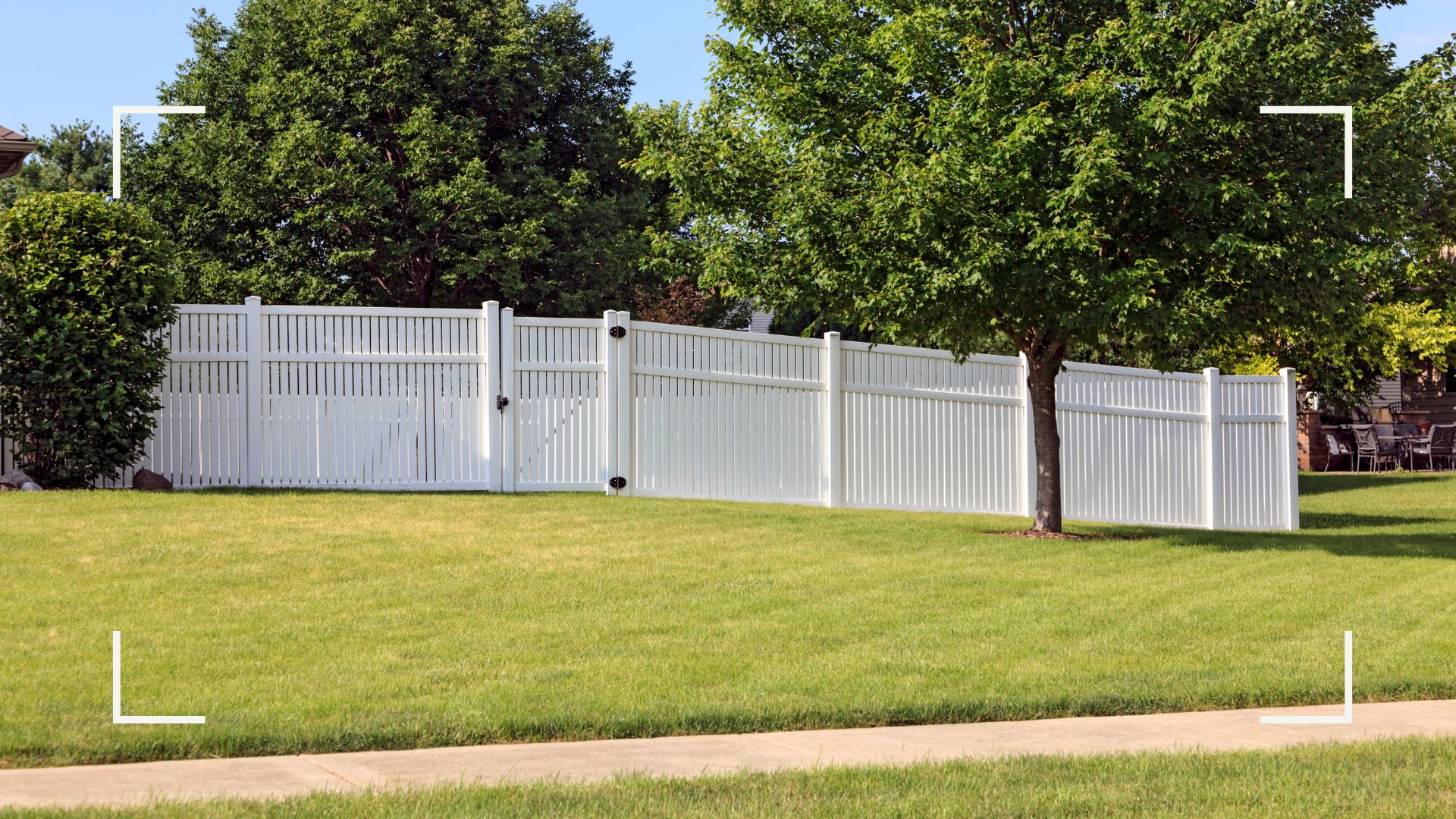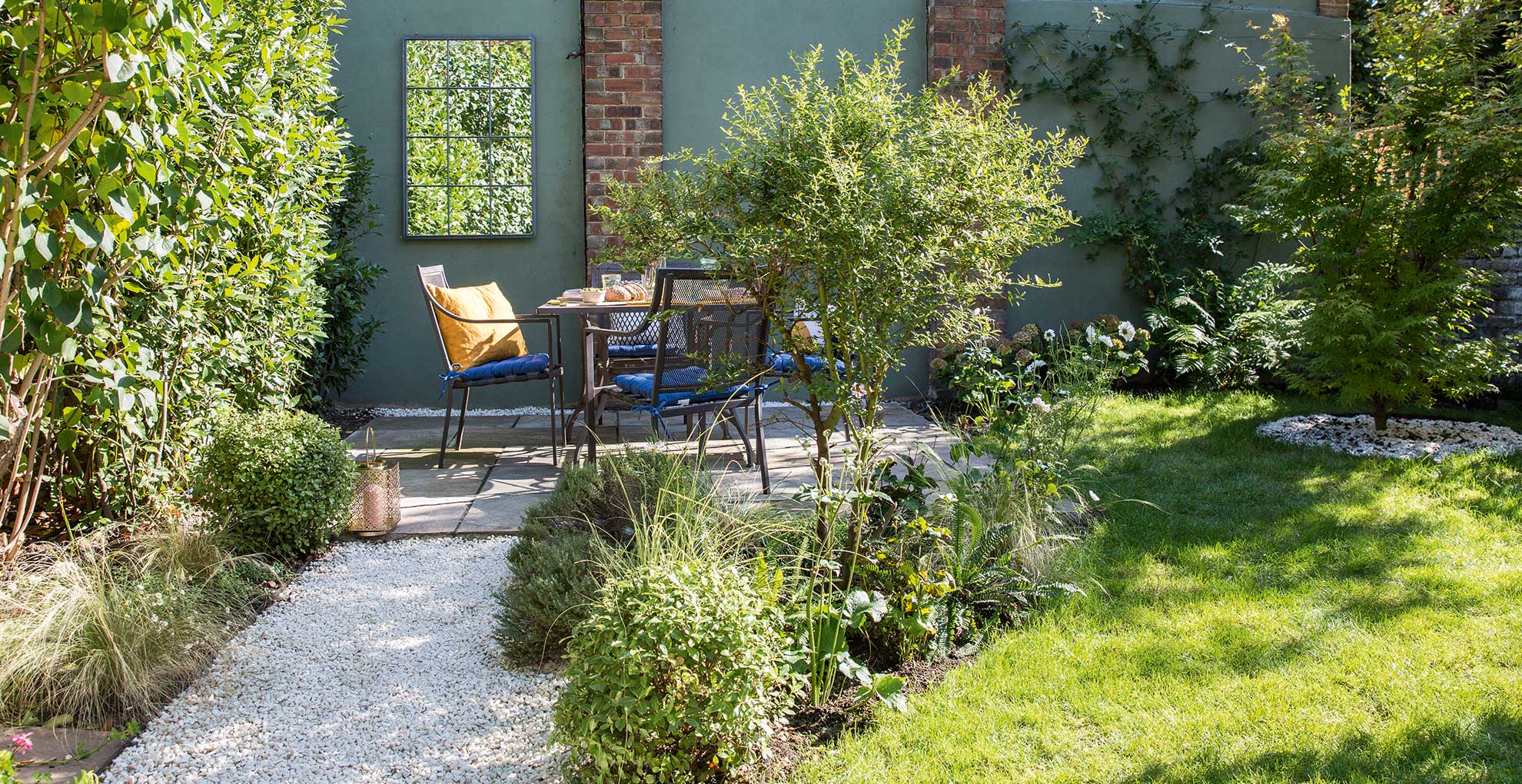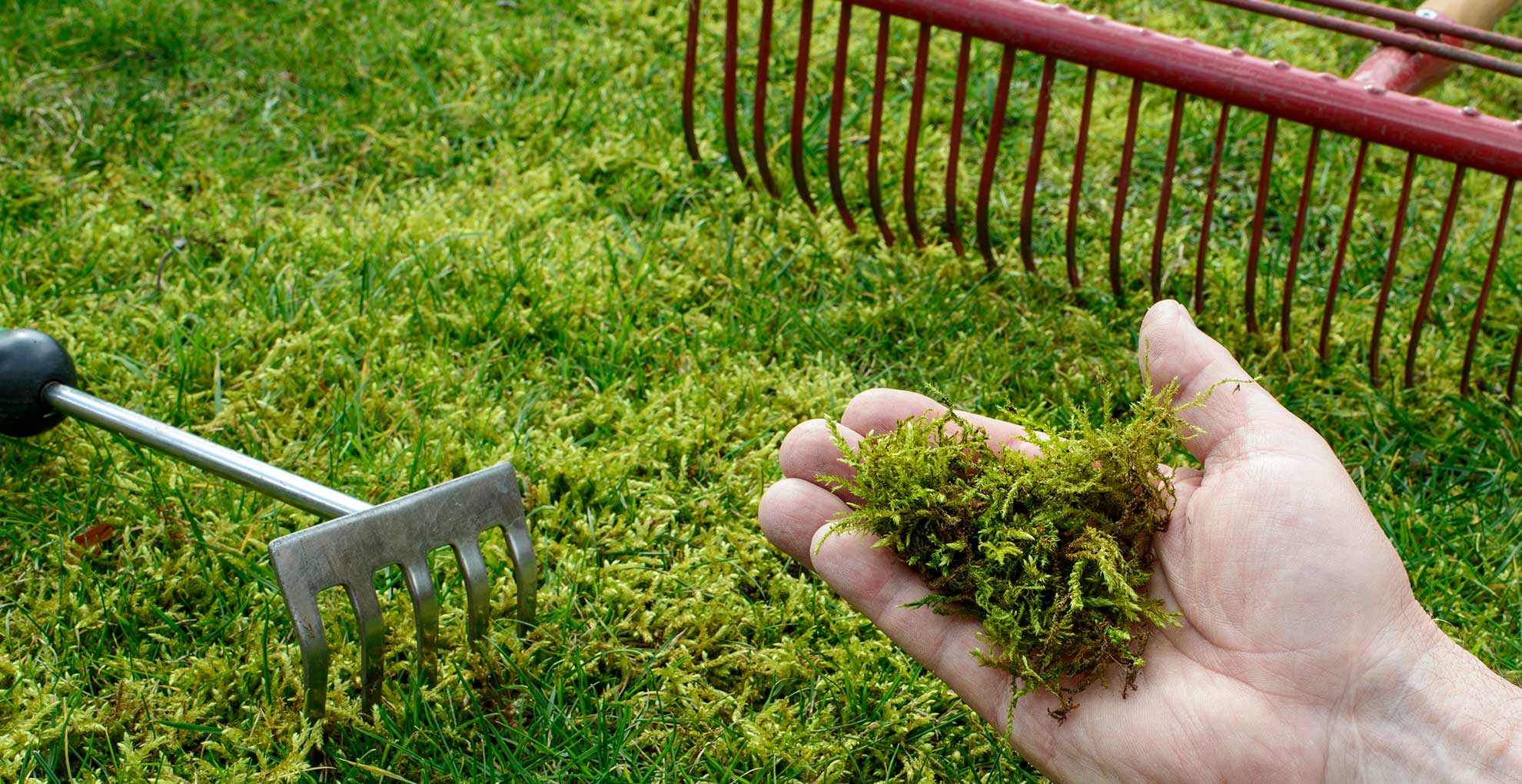How to get rid of moss in a lawn, according to experts
Trying to figure out how to get rid of moss from the lawn? Follow these expert-approved tips to rid your grass of moss


The grass is always greener on the other side of the white picket fence – especially if your neighbor's lawn has no signs of moss. But your lawn too can become the envy of all if you follow our guide for out how to get rid of moss in a lawn to reclaim your turf.
Plenty of garden trends come and go, but there is one that has endured for as long as we can remember and that's a pristine patch of verdant green grass. And, while moss in a lawn can sometimes help with the overall effect (especially if your grass is on the thin side), it is often the bane of gardeners everywhere.
Why? Well, while moss is widely used to boost the beauty appeal of Japanese gardens, it doesn't work so well within the turf of a traditional grass lawn. Indeed, some moss varieties can compete with your grass for valuable sunlight and nutrients, resulting in patchy coloring and uneven surfaces – leaving you wondering what to do with your yellow lawn.
How to get rid of moss from lawns: what the experts say
While moss can be a good 'filler' when conditions are poor for grass to grow, it's not always a welcome addition to a healthy lawn.
As if moss stealing sunlight and nutrients from your lawn wasn't enough to warrant a banishment, moss can also create an incredibly slippery surface in wet conditions, turning your backyard into an unexpected slip hazard. And all of that excess moisture? Well, it can increase the likelihood of fungal infections taking root, too, which is very bad news for your grass.
Look this way for our expert-approved tips on how to banish moss from your lawn in no time. Plus, more than merely removing the moss from your lawn, these methods also work at improving the growing conditions of the grass, too. Win, win.
1. Scarify your lawn

Moss can be removed by raking or scarifying your lawn. We recommend using a powered scarifier, especially if you are set to work during the fall – September and October are the best time to begin your moss-busting mission.
Sign up to our free daily email for the latest royal and entertainment news, interesting opinion, expert advice on styling and beauty trends, and no-nonsense guides to the health and wellness questions you want answered.
"Try raking your lawn vigorously with a spring tine lawn rake like this one from Amazon," says Morris Hankinson, the founder, and managing director of Hopes Grove Nurseries Ltd. "The aim is to dislodge the moss and any other debris, without uprooting the grass, so that the grass can recover over the winter months."
"This can be hard work so it could pay to hire a lawn scarifier for larger areas, and remember to add the moss you do remove to your compost heap."
2. Treat the moss with a biological moss treatment
Any budding gardener worth their salt knows that it's always best to opt for a non-chemical solution wherever you can, as this will be better for the garden and local wildlife.
Christopher O'Donoghue, one of the co-directors at Gardens Revived, advises looking for products like Neudorff Organic CleanLawn, VitaxMoss Remover No Rake, and Miracle-Gro Evergreen No Rake, as these don't just break down the dead moss naturally: they also feed your lawn, too.
"It's an added benefit to being environmentally friendly,' he says, noting that it's a good idea to apply these products on newly-mowed grass (ideally on a warm, dry day) and wait 7-10 days before mowing again to avoid common lawn care mistakes of treating grass under the wrong conditions.
3. Apply chemical moss killers (carefully)
If you’ve tried non-chemical options but found they aren't working, it might be time to try something a little more hardcore.
"Chemical moss killers may be appropriate in some situations," says Morris. "Usually, they contain sulphate of iron or other active ingredients that are toxic to the moss, combined with a fertilizer to help the grass recover after application."
"These products can be very effective, but the dead moss will need to be raked out afterwards," he adds. "And, while, the moss is still suitable for the compost heap, it should be well mixed with other garden waste to decompose effectively."
Christopher adds: "Look for moss killer combined with nitrogen, phosphorus, or potassium, as these chemicals can be beneficial if the grass is growing poorly."
4. Keep your grass healthy

The easiest way to prevent moss from taking over your lawn is to keep your grass healthy.
"If your lawn is waterlogged in the winter, then the grass will suffer, (especially the finer grasses) leading to bare patches and moss has a chance to establish," says Morris.
"Give the grass a helping hand by aerating your lawn in autumn to improve the drainage with a garden fork, spiking the soil down to 10-15cm - and remember that larger areas will be easier to aerate with a mechanical aerator usually available from hire shops."
Morris adds: "Feed your lawn in autumn, and again in spring to develop a strong and resilient root system that will overcome the wet conditions."
If the moss is only affecting a small and shady patch of your garden, Christopher also suggests swapping out your grass for some of the best garden plants such as ground-covering perennials and shrubs for a shade-loving (and low-maintenance) carpet. "It will need watering until your young plants have established, however," he adds.
5. Install a drainage system and replace the lawn completely
If the moss is winning the turf war, you may have to opt for the most extreme approach of all, a new lawn.
"The most disruptive moss fix is to dig up your lawn completely," says Morris. "Do everything you can to improve the soil, install an effective drainage system (making sure it has somewhere to discharge the water to) and either re-seed or re-lay your lawn."
Morris explains: "With good soil and effective drainage, the grass should be strong and healthy so that the moss cannot get established."

Why is my lawn full of moss?
It's important to determine why your lawn is full of moss. Is it down to poor lawn maintenance, for example, or the acidity of the soil? Is it taking root in bare patches caused by high footfall? Is it only really present in the shadier area of your garden? Or is it the result of waterlogged conditions?
Once you've figured out the cause of your moss, you will be able to act accordingly (and, yes, one course of action is to embrace all things mossy).

When should I kill moss in my lawn?
Depending on the method, it is usually best to remove moss during the cooler autumn months – although try to avoid a rainy day, as moss killer should be applied in fine weather. Remember that chemicals will need to be applied to freshly mown grass and that you will need to avoid mowing for several days afterward. And it is also important to take the time to reseed bare patches of the lawn so that they have time to take root and grow before summer takes hold.
How do I get rid of moss in my lawn naturally?
You can get rid of moss naturally by raking or scarifying your lawn, similar to how you can remove weeds in the grass. Depending on the size of the area affected, use a spring-tined rake or mechanical scarifier to vigorously rake up the moss – but avoid uprooting the grass itself. Always make sure to recycle your moss, too. You can either add it to a compost heap or use it in flower displays around your home.

Kayleigh Dray is an experienced writer and editor within the world of digital journalism. She kicked off her career in magazines with Cosmopolitan as a news writer. Kayleigh then went on to become part of the digital editorial team at Closer, before a successful seven-year stint at Stylist, where she took command as the site’s editor and editor-at-large.
Nowadays, Kayleigh can be found freelancing for a myriad of titles including Woman & Home, along with a role at Ideal Home where she waxes lyrical about her true love: gardening. She is currently giving her own backyard a woodland-inspired makeover – and there have been whispers of a vegetable plot, too.